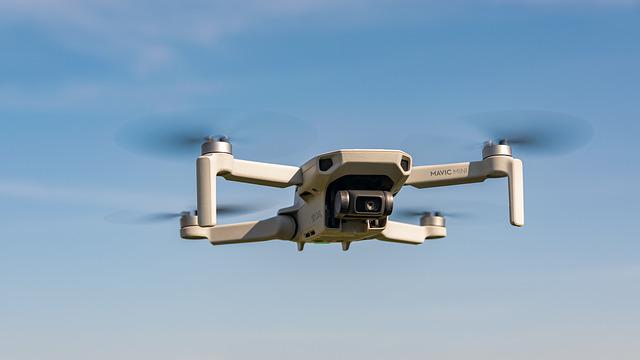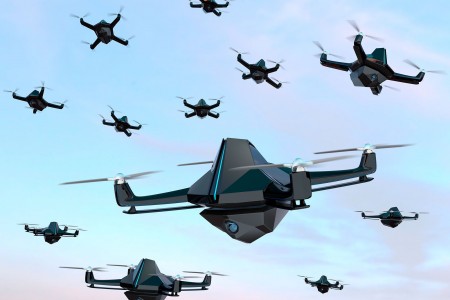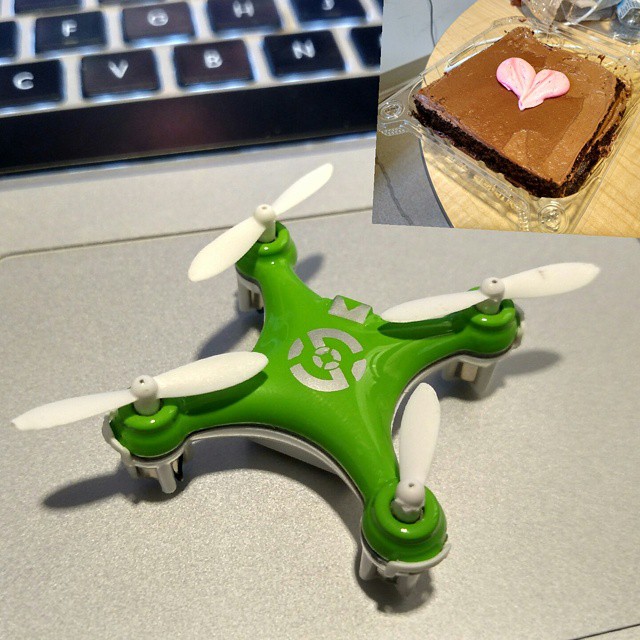
Military drones are a better option than conventional methods for fighting wars and conducting surveillance missions. They are extremely accurate, reduce casualties, cost-effective, and reduce the risk of losing loved ones. But there are still questions about the use of drones in military operations. Here are the benefits of military drones for warfighters. What are the downsides? How can you decide whether military drones are worth your time in warfighting? Let's look at each one of these in more detail.
Security benefits of using military drones
Among the security benefits of using military drones is the increased speed and precision of targeting. Unlike regular airplanes, drones can be controlled remotely, minimizing the risk of collateral damage. These drones are extremely lethal and can even neutralize enemy troops. These advanced aircraft are able to perform reconnaissance and surveillance missions, general military intelligence, and surveillance. Drone attacks are difficult to track, and often occur in remote places that are not easily accessible.
We have seen a reduction in the number of casualties
Pentagon claims repeatedly that military drones can reduce the war casualty rates in the region. Yet, Pentagon documents show that few such assessments are published, and that disciplinary actions rarely occur. Only a small number of civilian casualties have been acknowledged and survivors are rarely paid condolence money. Many more suffer permanent disabilities or require expensive medical treatment. A few lessons have been learned and root causes of strikes like these have not been identified.

Cost-effectiveness
While the cost of military drones is still a major concern, there is an argument for their use. One of those arguments is their cost-effectiveness compared to traditional weapon systems. For instance, the Global Hawk drone can fly for days and averages 1,400 hours per annum, which is roughly two months of flying. Comparatively to the U2 spy drone, it spends less than half the amount of time in the sky. The cost of operating the reaper drone is almost $3 million per annum.
Precision
There are many benefits to using military drones. These unmanned aircraft can provide useful information regarding enemy forces, including their damage and civilian casualties. Depending on the type, military drones may be small or large. They can also spy on enemy soldiers. They can remain undiscovered because they are controlled precisely. These unmanned aerial vessels also reduce human casualties.
Capability of taking high-quality aerial pictures
Aerial photography captures geographic information from the air. These images can serve a variety purposes, including mapping and asset condition, elevation, data, and detection of change. Wilbur Wright created aerial photography for the first time in 1909. Today, both military drones, and manned aircraft, are equally important. Using manned aircraft offers many advantages, including the ability to cover large areas quickly and efficiently. A manned aircraft is also more weather resistant and can capture more data in a shorter time.

Ability to deter poachers
Anti poaching military drones detect and track poachers with the help of powerful sensors and control technology. The drone's attitude is maintained in the air by a solid-state gyro-stabilized gimbal. They may have two zooming cameras systems that are linked by gyro stabilized gimbals. This keeps the cameras at the same point. Poachers work in groups, usually three to four.
FAQ
Where can I purchase a drone?
Many drones can be purchased online. Some people prefer to buy drones online via Amazon, eBay and Walmart. Others choose to purchase their drones directly from manufacturers.
Are Drones Banned Where?
The FAA bans drones flying in restricted areas such as airports, stadiums or sporting events, nuclear power stations, hospitals, prisons, and other sensitive areas. They allow them to fly at nights using GPS technology.
Are you interested in flying with a drone while on the road?
Drones are becoming more and more popular for personal and professional use. They are used for photography, filming, aerial mapping, search & rescue, and other applications. Recent regulations regarding drones have been approved by FAA. They include new requirements for registration and licensing, pilot training, insurance, and other requirements. These changes will ensure that drones continue to be safe for all.
Can my drone be flown indoors?
Yes, it is possible to fly your drone indoors. You just have to ensure no obstacles or hazards inside your home. For instance, avoid flying near windows and doors, heating vents, heating units, air conditioning units, electrical outlets or water pipes.
Can I fly my drone through my neighborhood?
Yes! These are called UAVs (unmanned aerial vehicles). There are several types of drones available for sale today, from small quadcopters to large fixed-wing aircraft. The FAA recently released new rules for commercial UAV use, meaning that they are now legal to fly for business purposes. However, be aware that flying a UAV near airports may cause interference with air traffic control systems, and you must obtain permission from local authorities before operating one.
Statistics
- According to Indeed, a drone pilot gets paid $25.73 per hour on average in the US. (dronesgator.com)
- According to industry research from ZipRecruiter , there are 10 cities where the typical salary for a Drone Pilot job is above the national average. (dronesgator.com)
- With the top 10% making over $100/h and the bottom 10% making as low as $10/h. (dronesgator.com)
External Links
How To
How to Fly Drones with Beginners
A drone can be used to fly remotely controlled aircraft for photography, surveillance, scientific research, hobby and commercial purposes. Drones have been in use since World War II. DJI introduced their Phantom series of quadcopters in 2010, but commercial use only began in 2010. There have been many drones made since then. These range from beginner-friendly drones like Parrot AR Drone 2.0 to more advanced multi-rotor craft like DJI Mavic Pro.
There are several ways to fly a drone, including;
-
Remote control - This allows you to control the drone from your hand. There are two main types of controllers: On/Off switches (like a radio) and joysticks.
-
Manual Control - This method uses a smartphone app to remotely control the drone using GPS coordinates. The app will provide instructions and help you to locate the drone.
-
Autonomous Flying - This allows the drone to take over all of the piloting duties. It basically flies autonomously without any human intervention. It must have a builtin camera, sensors capable of taking images and data to enable autonomous flight.
-
Triggered Flight: This is similar in concept to manual control. The pilot manually creates a route and the drone then follows it until it reaches that endpoint. Once the programmed route is completed, the drone lands automatically and returns back to the base.
-
Landing Gear – Some drones are equipped with landing gear, which allows them to safely land if they lose power during flight.
-
Goggles - Some pilots wear goggles to protect themselves from debris while operating.
-
Camera – Some drones have cameras, which allow you to take photos or videos from up high.
-
Obstacles - Some drones can be equipped with obstacle avoidance systems that prevent them from crashing into obstacles.
-
Speed - Drones can reach speeds up to 40 mph.
-
Battery Life - Most drones can last between 20 minutes to 3 hours, depending on how much power you're using.
-
Some drones are capable of traveling up to 30 miles depending upon their make and model.
-
Power source: Some drones will require an external power source while others can be powered by internal batteries.
-
Weight - Some drones are lighter than others, while some models can weigh as much as 4 pounds.
-
Size - Drones range from small devices that fit in one's palm to large crafts that weigh more than 50 pounds.
-
Price - All drones fall within a specific price range, from high-end models that can cost thousands of dollars to lower-cost options starting at $100.